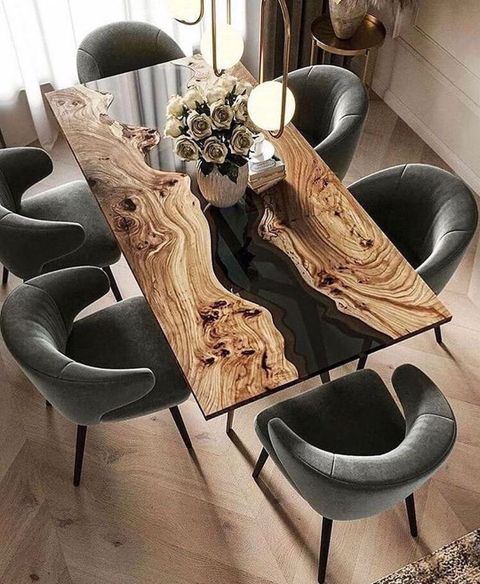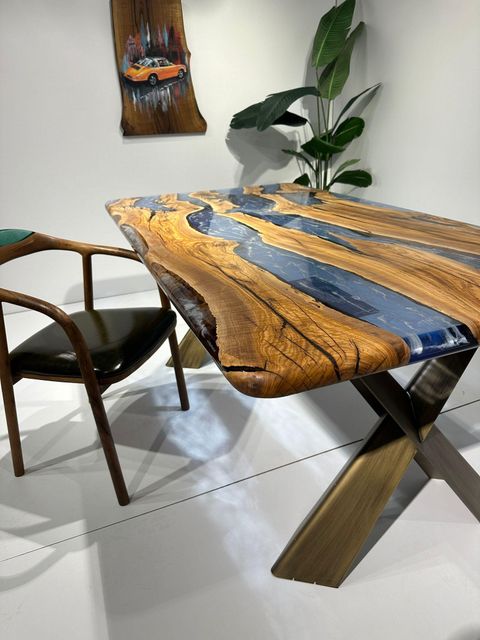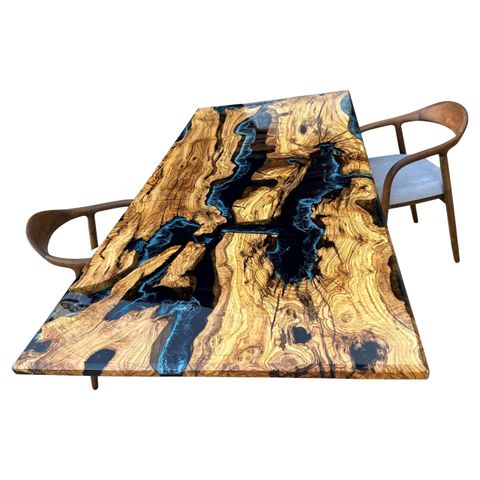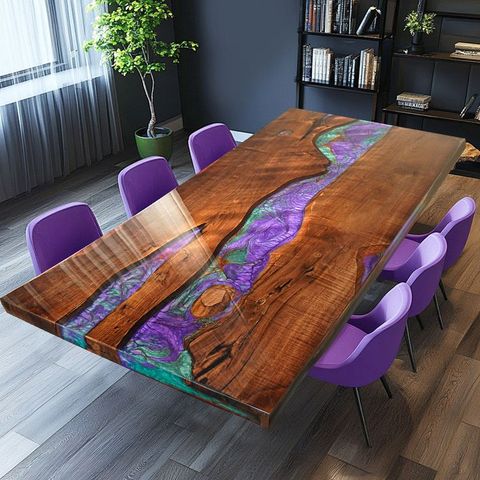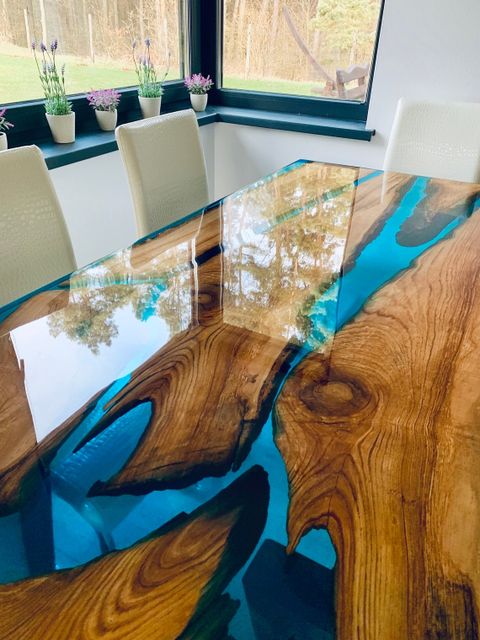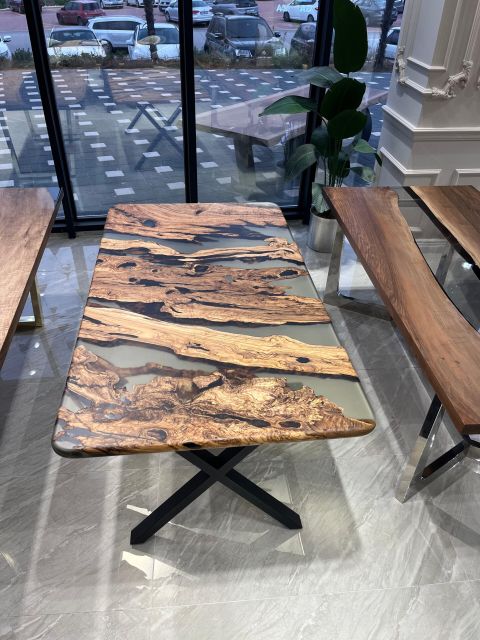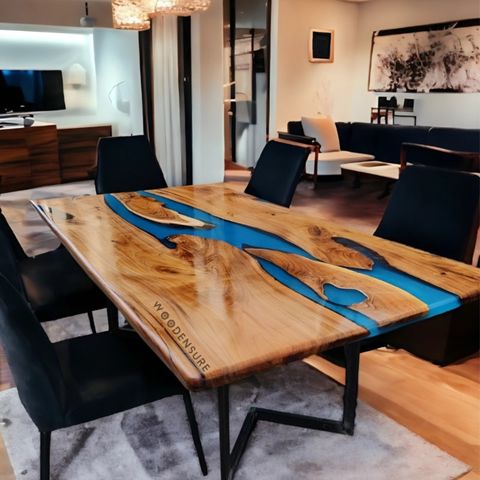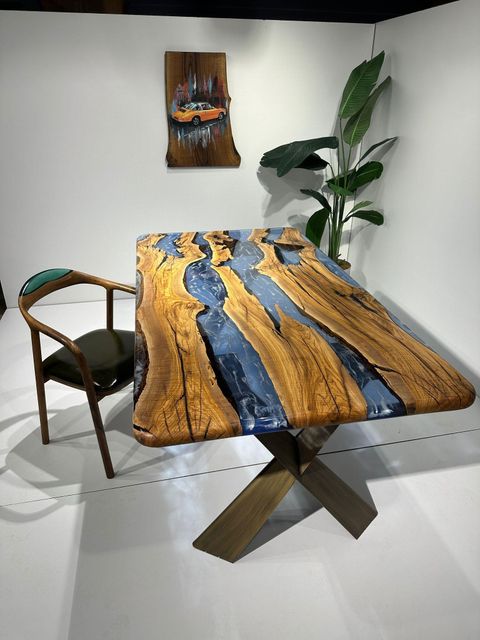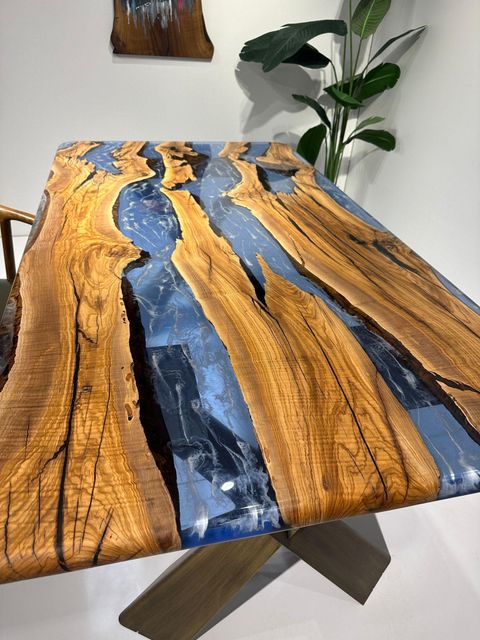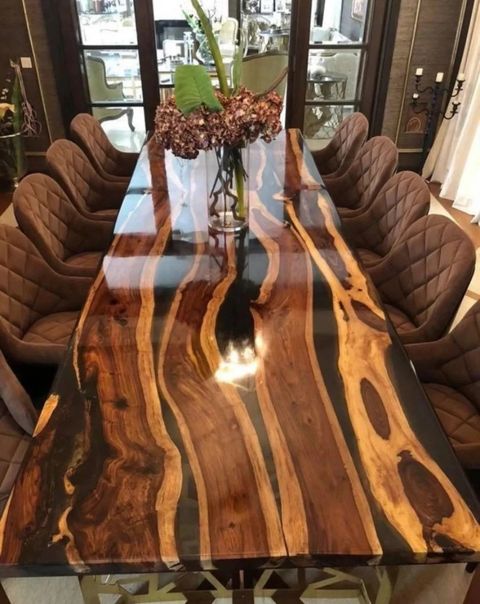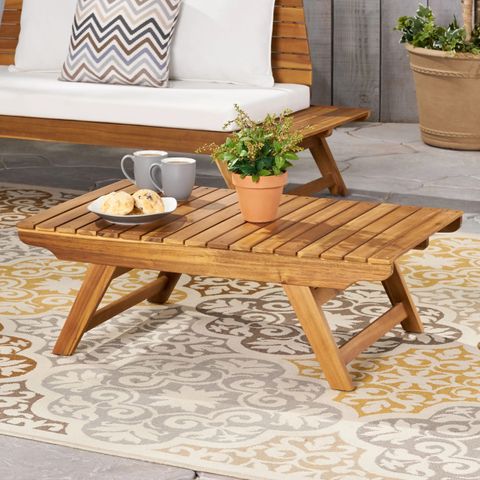Picture this: you’re sitting around a beautiful custom wood dining table, its surface gleaming with an almost liquid-like finish that seems to capture light itself. This isn’t just fancy woodwork – it’s the magic of epoxy resin bringing out the best in natural timber. For artisans and homeowners alike, understanding how epoxy resin works in table construction opens up a world of creative possibilities and practical benefits that extend far beyond simple aesthetics.
When you think about crafting a custom wood dining table, the first thing that probably comes to mind is the grain pattern of the wood itself. But there’s another element that’s quietly revolutionizing how we approach these pieces – epoxy resin. This remarkable substance, often overlooked by those outside the woodworking world, has become indispensable for creating tables that are not only visually stunning but also incredibly durable. Whether you’re a seasoned craftsman or someone considering their first custom table project, grasping how epoxy resin functions in wood construction can completely transform your approach to design and building.
What Exactly Is Epoxy Resin?
Epoxy resin might sound like something from a chemistry lab, but it’s actually one of the most versatile materials in modern woodworking. At its core, epoxy resin is a thermosetting polymer that hardens when mixed with a curing agent. Think of it as a liquid glass that, once it sets, becomes incredibly strong and resistant to damage. What makes it special for table construction is its ability to bond with wood fibers while creating a protective barrier. When applied correctly, epoxy resin doesn’t just sit on top of wood – it penetrates the surface, filling microscopic gaps and creating a seamless, unified structure. This means a table top that’s both beautiful and built to last decades.
The Science Behind Epoxy’s Wood Bonding
Here’s where things get really interesting. Epoxy resin works differently than regular wood finishes or sealers. While traditional varnishes create a surface coating, epoxy actually chemically bonds with wood fibers. This happens because epoxy molecules are attracted to the cellulose in wood, essentially creating a molecular bridge between the wood and the resin. Imagine if you could make wood stronger by making it more like itself – that’s essentially what happens. The result? A material that’s stronger than the original wood in many ways. This bonding process also helps prevent warping and cracking that often plague wooden furniture over time. The science behind this isn’t complicated, but it’s powerful in practice. It’s why epoxy-treated tables can handle daily wear and tear better than untreated wood alone.
Applications in Table Top Finishing
Let’s talk about how epoxy resin specifically shows up in table construction. One of the most common applications is creating what’s called a "resin-coated" or "epoxy table top." This involves applying multiple layers of resin over the wood surface, typically after the wood has been properly prepared and assembled. The process usually starts with sanding the wood smooth, then applying a thin layer of resin to seal and protect the surface. Additional layers are added, each one building upon the previous, until the desired thickness and appearance are achieved. This technique creates a surface that’s not only beautiful but also highly resistant to scratches, heat, and moisture. Many custom table makers use this method to showcase unique wood grains or even incorporate decorative elements like metal leafing or embedded objects.
Benefits Beyond Appearance
While the visual appeal of epoxy-resin finished tables is undeniable, the advantages go much deeper than looks. The protective qualities are perhaps the most significant benefit. Epoxy creates a barrier that prevents water from penetrating wood, which means no more worrying about water rings or wood swelling. It also provides excellent resistance to heat, so hot dishes won’t leave permanent marks on your table. The chemical resistance is another major plus – spills of wine, coffee, or even cleaning products won’t damage the surface. Additionally, epoxy resin can fill in small imperfections in wood, effectively creating a smoother surface than the raw wood might have. These benefits mean fewer repairs, less maintenance, and a table that maintains its beauty for years.
Choosing the Right Epoxy for Your Project
Not all epoxy resins are created equal, and choosing the right one for your table project can make or break the final result. There are several factors to consider: viscosity (how thick or thin the resin flows), curing time, clarity, and intended use. For table tops, you’ll want a high-quality marine-grade epoxy that offers maximum durability and clarity. Some resins cure quickly, which can be helpful for faster projects, while others take longer but provide better working time for achieving smooth, bubble-free results. It’s also important to consider whether you’re using it for indoor or outdoor tables, as environmental conditions affect resin selection. Reading reviews and asking experienced woodworkers about their preferences can be invaluable. Don’t overlook the importance of proper ventilation when working with epoxy – it’s a crucial safety consideration that shouldn’t be ignored.
Common Mistakes and How to Avoid Them
Even experienced craftspeople sometimes encounter issues when working with epoxy resin. One of the most frequent problems is improper mixing ratios, which can lead to incomplete curing or a weak finish. Always follow manufacturer instructions carefully, and consider investing in a digital scale for precise measurements. Another common mistake is inadequate surface preparation – wood must be clean, dry, and properly sanded before epoxy application. Bubbles are also a challenge, but they can be minimized through proper degassing techniques and slow, careful pouring methods. Temperature control matters too – epoxy doesn’t cure well in cold conditions, and excessive heat can cause problems. Remember, patience is a virtue when working with epoxy resin. Rushing the process often leads to unsatisfactory results, while taking the time to do things right produces tables that will be admired for generations.
The journey from raw wood to a stunning custom dining table involves many decisions, but incorporating epoxy resin into the process brings a level of sophistication and longevity that’s hard to match with traditional finishing methods alone. Whether you’re a professional craftsman looking to elevate your work or a homeowner wanting to create a family heirloom, understanding how epoxy resin enhances wood construction opens up new creative possibilities. The combination of beauty, protection, and durability makes epoxy resin an essential tool in modern table making. As you consider your next project, remember that the investment in quality epoxy resin and proper application techniques pays dividends in the form of a table that will serve your family for years to come. The magic isn’t just in the final product – it’s in the knowledge that you’ve chosen a path that ensures lasting beauty and functionality.

